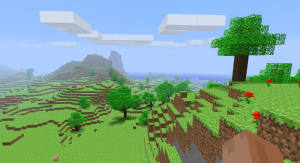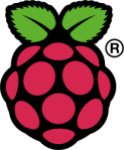 Did you know that 50% of millennials confirm having used a public library in the last year? How about the fact that millennials “are the most likely demographic to read books for pleasure, school, or work, and to utilize the library as a research source.” These are surprising facts about a generation that is stereotypically pictured holding their smart phone, texting.
Did you know that 50% of millennials confirm having used a public library in the last year? How about the fact that millennials “are the most likely demographic to read books for pleasure, school, or work, and to utilize the library as a research source.” These are surprising facts about a generation that is stereotypically pictured holding their smart phone, texting.
Gretchen Kaser of Public Libraries Online thinks public libraries should be doing more to reach this demographic. “The more we attract millennials,” she says, “the more likely they will be to remain life-long library users and eventually instill this interest in their children.”
Looking for ideas? Kaser suggests a generation-specific book club or interesting lecture. She concludes wondering: “this age group may be the future of the public library.”
Where do you see millennials at your library? Are you focusing content, services, or programming on their generation? Why or why not?
Image credit: http://tinyurl.com/k882v2j, licensed under CC BY-NC 2.0




